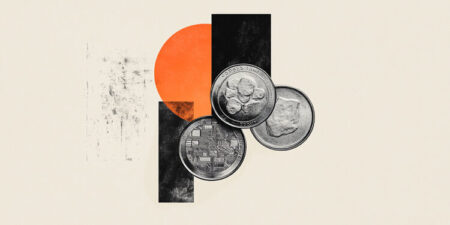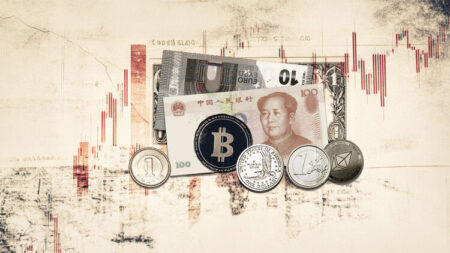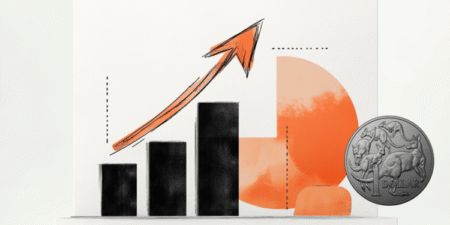- GBP/USD appreciates as US Dollar weakens following updated Trump’s tariff rates.
- The Trump administration announced new tariffs of up to 40% on 14 countries.
- The Pound Sterling may face challenges amid escalating fiscal risks in United Kingdom.
GBP/USD edges higher after two days of losses, trading around 1.3630 during the Asian hours on Tuesday. The pair appreciates as the US Dollar (USD) loses ground as traders adopt caution after US President Donald Trump announced updated tariff rates on 14 countries that have yet to secure trade deals with Washington.
The Trump administration announced levies of 25% on goods from Japan and South Korea, with threatens to escalate tariffs if the two nations retaliate. The US also imposed 25% rates on Malaysia, Kazakhstan and Tunisia, while South Africa would see a 30% tariff and Laos and Myanmar would face a 40% levy. Other nations hit with levies included Indonesia with a 32% rate, Bangladesh with 35%, and Thailand and Cambodia with duties of 36%. President Trump has also signed an executive order delaying the implementation of new tariffs from July to August 1, giving negotiators more time to reach agreements, per Bloomberg.
Trump posted on social media on Monday that “Any Country aligning themselves with the Anti-American policies of BRICS, will be charged an ADDITIONAL 10% Tariff. There will be no exceptions to this policy.”
The GBP/USD pair faced challenges as the Pound Sterling (GBP) struggled amid escalating fiscal risks in United Kingdom (UK). The increase in the welfare spending bill by the administration has raised the likelihood of an announcement of a tax increase in the Autumn Budget. Chancellor Rachel Reeves indicated at possible tax hikes in the autumn budget to address a public finance gap.
Deutsche Bank’s Analysts indicated another 25 basis points interest-rate cut to 4% by the Bank of England (BoE) in August. The analysts also anticipated the central bank to deliver two more interest rate cuts in November and December.
Pound Sterling FAQs
The Pound Sterling (GBP) is the oldest currency in the world (886 AD) and the official currency of the United Kingdom. It is the fourth most traded unit for foreign exchange (FX) in the world, accounting for 12% of all transactions, averaging $630 billion a day, according to 2022 data.
Its key trading pairs are GBP/USD, also known as ‘Cable’, which accounts for 11% of FX, GBP/JPY, or the ‘Dragon’ as it is known by traders (3%), and EUR/GBP (2%). The Pound Sterling is issued by the Bank of England (BoE).
The single most important factor influencing the value of the Pound Sterling is monetary policy decided by the Bank of England. The BoE bases its decisions on whether it has achieved its primary goal of “price stability” – a steady inflation rate of around 2%. Its primary tool for achieving this is the adjustment of interest rates.
When inflation is too high, the BoE will try to rein it in by raising interest rates, making it more expensive for people and businesses to access credit. This is generally positive for GBP, as higher interest rates make the UK a more attractive place for global investors to park their money.
When inflation falls too low it is a sign economic growth is slowing. In this scenario, the BoE will consider lowering interest rates to cheapen credit so businesses will borrow more to invest in growth-generating projects.
Data releases gauge the health of the economy and can impact the value of the Pound Sterling. Indicators such as GDP, Manufacturing and Services PMIs, and employment can all influence the direction of the GBP.
A strong economy is good for Sterling. Not only does it attract more foreign investment but it may encourage the BoE to put up interest rates, which will directly strengthen GBP. Otherwise, if economic data is weak, the Pound Sterling is likely to fall.
Another significant data release for the Pound Sterling is the Trade Balance. This indicator measures the difference between what a country earns from its exports and what it spends on imports over a given period.
If a country produces highly sought-after exports, its currency will benefit purely from the extra demand created from foreign buyers seeking to purchase these goods. Therefore, a positive net Trade Balance strengthens a currency and vice versa for a negative balance.
Read the full article here
















